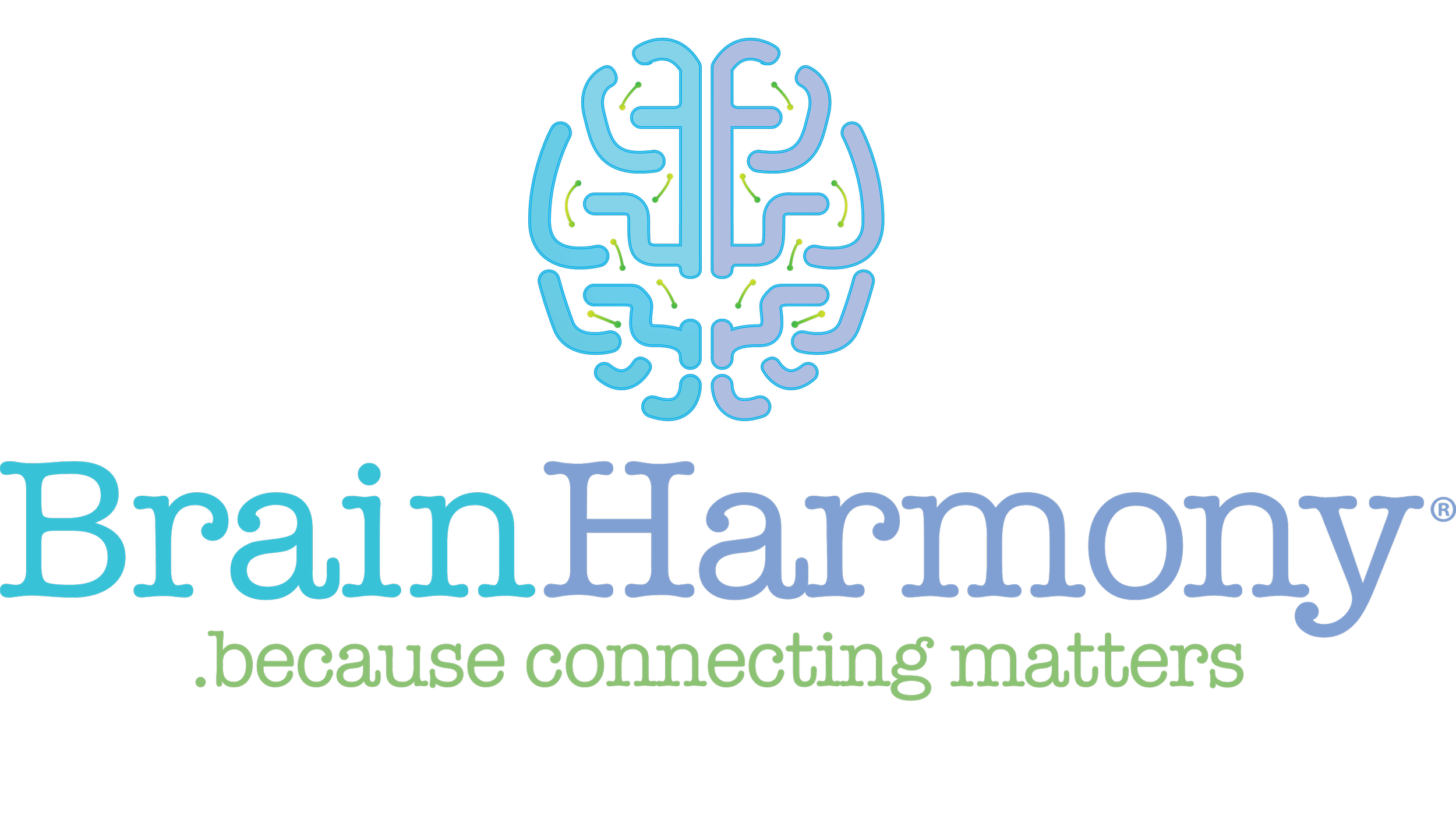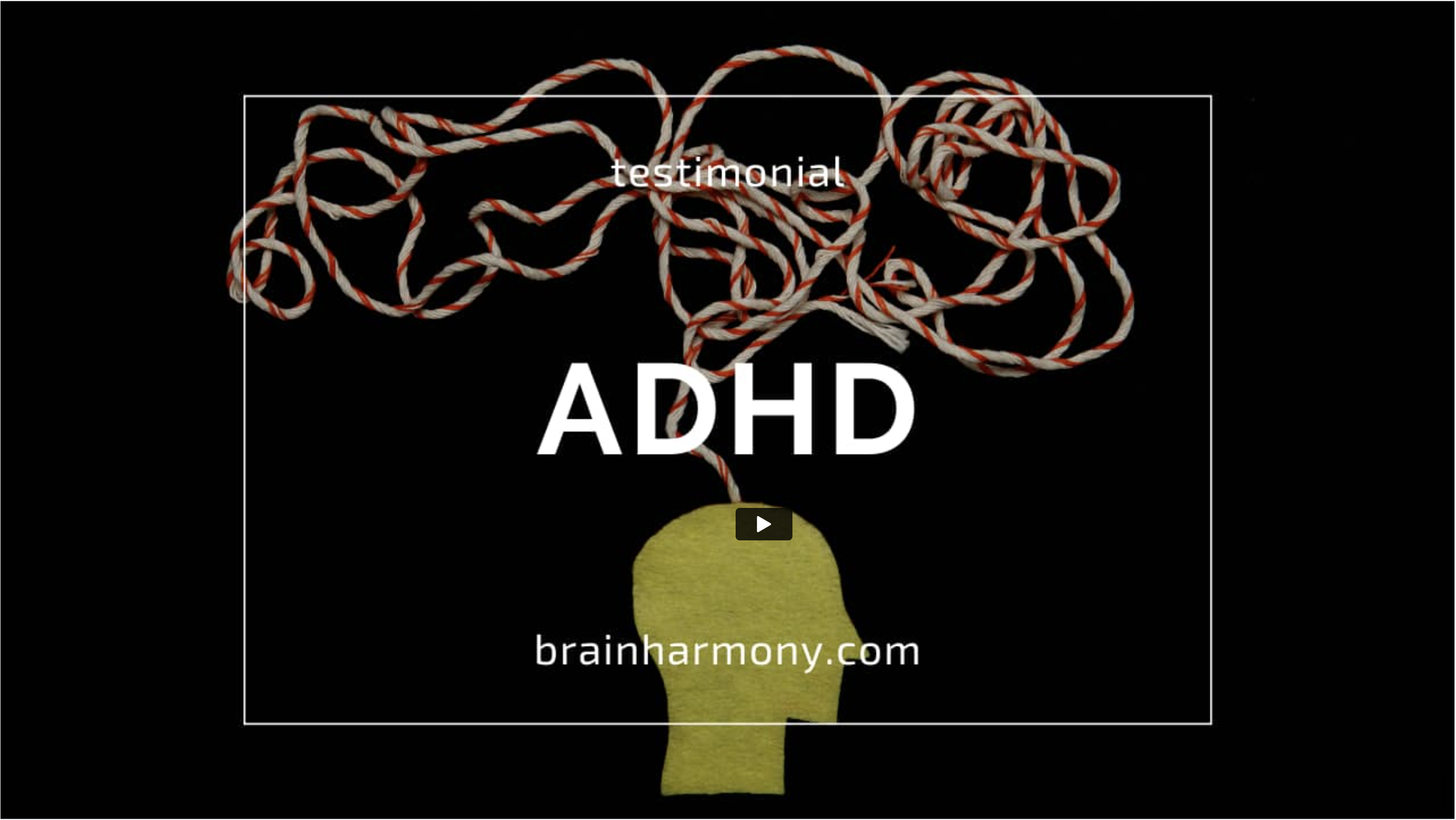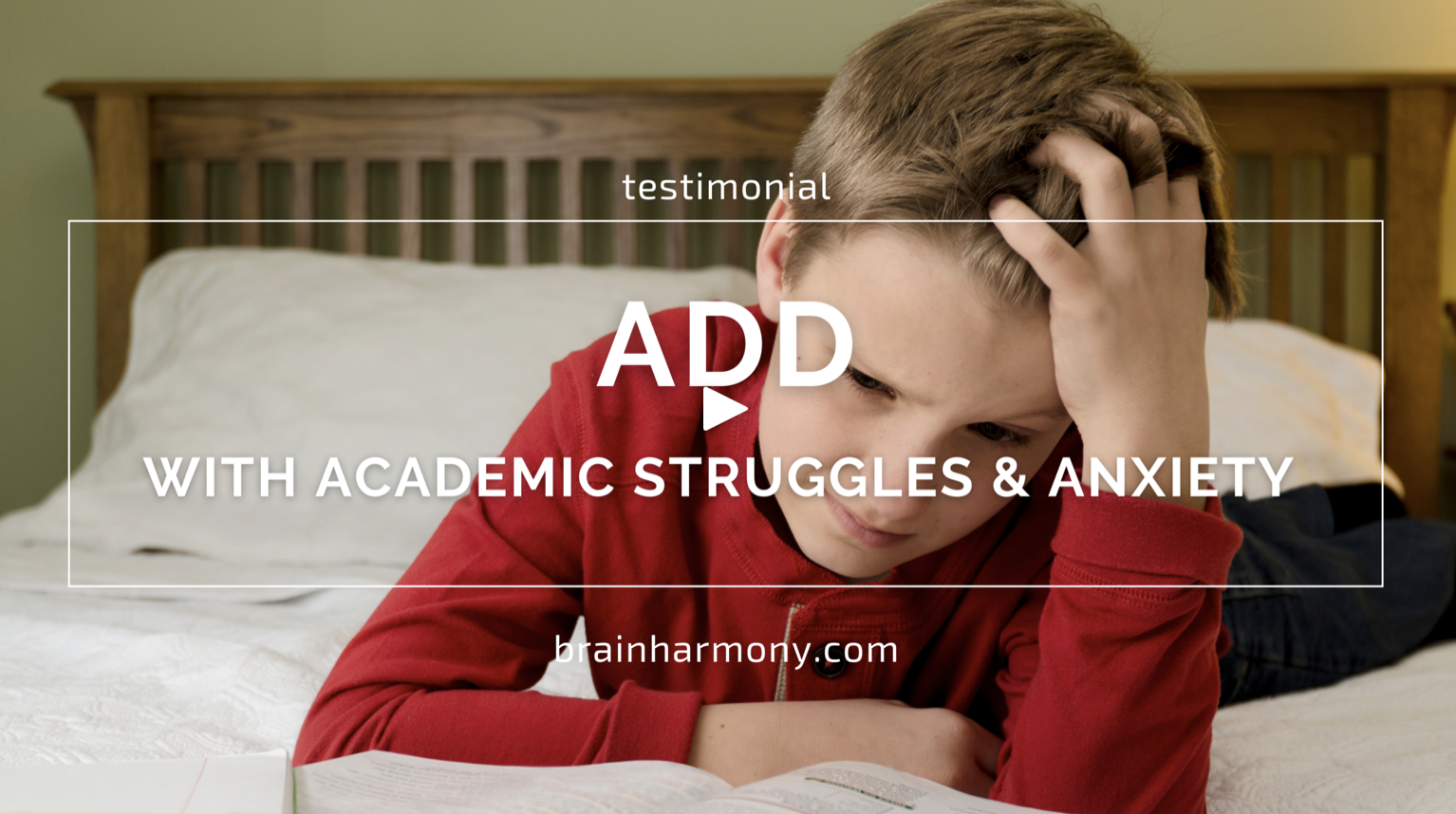Unlocking Focus: Understanding and Overcoming ADD/ADHD
Imagine navigating through life with a constant buzz of distractions, where focus feels elusive and calm seems out of reach. This is the daily experience for those with ADD or ADHD, where the battle against inattention, hyperactivity, and impulsivity is relentless.
The Brain's Symphony of Attention
Attention isn't just about willpower; it's a symphony orchestrated by intricate brain networks. Here at Brain Harmony, we use the BH Pyramid of neurological progression to illustrate how attention and emotional regulation hinge on the bedrock of our central nervous system, particularly sensory organization.
Vestibular Stability: If your inner balance system isn't mature, maintaining focus can feel like standing on a wobbling platform.
Reflex Integration: Unintegrated primitive reflexes can keep the brain anchored in survival mode, making higher-level focus nearly impossible.
Vision System: If what you see isn't processed correctly, the world becomes a blur, scattering your attention like leaves in the wind.
Symptoms that Speak Volumes
Recognize these signs?
Frequent daydreaming or losing focus on tasks.
Struggling with organization or avoiding tasks that require sustained mental effort.
Misplacing items needed for daily tasks.
Making careless errors in work or school activities.
On the flip side, hyperactivity might look like:
An inability to sit still, being perpetually "on the go."
Excessive talking or blurting out answers prematurely.
Difficulty waiting or taking turns, often interrupting or fidgeting.
A Comprehensive Approach to Treatment
Our 5-step plan at Brain Harmony dives deep to address these challenges at their neurological roots, focusing on the brain stem and cerebellum — the foundation of attention regulation.
Ready to Transform ADD/ADHD? Dive into our detailed treatment plan below and start your journey from distraction to direction.
Testimonials, Podcasts, and Success Story Videos
ADHD
Jennifer, and FDN and health coach, was trying a variety of things to help her son with his ADHD. Reese, and smart young boy, was hyperactive, had trouble processing his emotions, and would frequently get into trouble. After starting the Safe and Sound protocol, Jennifer saw immense improvements in Reese.
“Right after we did safe and sound I noticed huge changes. I guess I didn’t realize how big the sensory issue part was. I knew he had some sensory issues because he had been in OT, I just thought ADHD was more the thing, but after doing that and seeing the calmness that I never seen him have, that was really eye opening for me.”
Lack of Work Focus, Anxiety, High Stress, Panic Attacks and Executive Function
Steppie had stress to the point of barely functioning, in a constant state of fight-or-flight, loss of focus on work, anxiety so intense she couldn't even see the world around her, and panic attacks in the middle of the night. After working with Brain Harmony, she says she could focus on work for hours at a time, see the simple beauty around her on her walks, and sleep through the night. Watch her testimonial above, to hear the joy in her voice as she reflects on her before - and her after.
“You’ll have so many personal rewards because of it…Brain Harmony is so supportive and so caring, they’ll help you have a life back.”
ADD, Academic Struggles and Anxiety
Grant struggled with ADD, focus, nervousness, and anxiety for most of his life - preventing him from enjoying life to the fullest and performing at his peak potential at school. After working with Brain Harmony, Grant has achieved AB Honor Roll, has become more affectionate, and has tapped into his new found love for creative writing.
"Anxiety wise - before, I'd just get panic attacks just.. thinking about the future and how it's going to affect me. But now I've just been thinking about now." - Grant
"You have absolutely nothing to lose. No matter where you're at mentally, you have room to improve always. And it can be life-changing if you'll just give it a shot." - Grant's Mom
Dyslexia, Auditory Processing, Sensory Processing, Attention & Regulation
Kerry is a Homeschool Mom of 8. All of her children have been diagnosed with mild to severe dyslexia. Since beginning her journey with Brain Harmony, she has seen immense progress in her children’s reading levels, communication, attention and emotional regulation, and processing.
“We have tried so much over the years, and so many different programs, and this has made the biggest difference… it has made a huge difference in a short amount of time, so I would definitely highly recommend it.”
Attention & Regulation Success
When David first came to Brain Harmony he was anxious, very distracted and awkward. He was treated with conventional occupational therapy in a large health system for over two years however he had not seen any improvements in handwriting, academics nor his nervous energy.
"He used to be my problem child who struggled in school especially reading and writing. Now he is my A/B, honor-roll child who unexpectedly became the quarterback of his football team. My son is the self-confident child I always wanted him to be. Thank you, Brain Harmony!"
- David's Mother
Podcasts
What You’ll Learn in this Episode:
The technology Brain Harmony uses to reorganize and structure the brain
Carol’s hypothesis as to why she’s seeing a rise in children struggling with speech and neurological disorders
What neuroplasticity means and how our brain uses it to adapt
The role of the vestibular system in brain balance
Genetic and lifestyle factors contributing to brain disorders, and how to identify them
The Safe & Sound Protocol and how it activates the vagus nerve to help learning and attention problems
Non-invasive techniques for activating a child’s ability to hear, speak, or read
Advances in the brain science frontier that could help symptoms of stroke, Parkinson’s, and other brain-centered issues
Why someone with MTHFR might be a candidate for Brain Harmony
Natural ways to calm the nervous system… without a prescription
Some heart-to-heart advice for the overwhelmed caregiver
What You’ll Learn in this Episode:
Neurological, behavioral and developmental disorders like PTSD, anxiety, autism spectrum disorder, ADHD, dyslexia, TBI, and Parkinson’s are most often treated with pharmaceuticals.
But, that isn’t always an appropriate or sustainable option, especially for children.
Carol Garner-Houston, co-founder and Chief Medical Officer of Brain Harmony, has created a non-pharmaceutical treatment option that can start to take effect in just five days. Neuroplastic tools such as bone conduction and sound frequency can be used to make changes in the brain.
Her bottom-up approach uses audio frequencies to pinpoint different parts of brain, stimulate them, and build connections to improve cognitive functions.
Listen as Carol joins Dr. Taz to discuss how brain functions can be improved through telemedicine.






